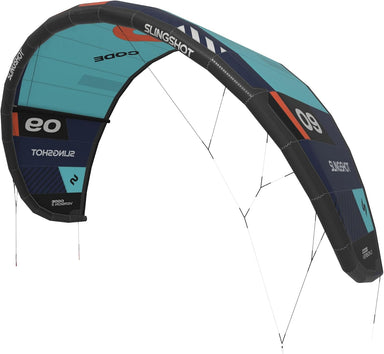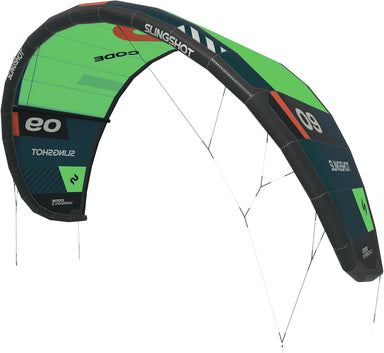


 Save 0%
Save 0%

 Sold out
Sold out

 Save 0%
Save 0%
Kiteboard kites are the most crucial component of kiteboarding. Although the modern sport of kiteboarding became mainstream about the same time as Bodhi and Johnny Utah stole our hearts in an adrenaline rush of action in Point Break, the equipment used by kiteboarders continues to evolve.
The kiteboard kite is no different. Although the kites' materials vary (most are polyester), most kiteboard enthusiasts want their kites to be waterproof, resistant, and lightweight. The kite must also be stiff and flexible but responsive to the rider simultaneously. New kiteboarders should consult us at Windance, especially when considering a new kiteboarding kite. The advanced riders should also contact our crack team of wind sports junkies to help pick the right kite equipment for their kiteboarding style.
The size of the kite matters, as one might expect. Although the typical universal kiteboarding kite is about 12 square meters, three key factors should help when considering kite size: board size, the rider's weight, and average area wind speed. If you are kiting in areas with less wind, you will need a larger kite; conversely, kiteboarders should select a smaller kite in higher wind areas.
Although most kite manufacturers provide a wind range table for each kite, it is essential to understand that different kite styles have different minimum wind speeds to create adequate power. One can only ponder the fate of Bodhi had he been a kiteboarder instead of a surfer. Maybe the remake would have been more exciting.
There is a different kite for different styles of riding. For the most part, there are five different kinds of kites for sale: C Kites, Bow Kites, Delta Kites, Hybrid Kites, and Foil Kites.
|
Kite Type |
Riding Style |
Description |
|
C Kites |
Generates a lot of power and lift. Good stability for unhooked riders. Not recommended for beginners. |
|
|
Bow Kites |
Provides easier relaunch, larger wind range, and great upwind performance. Easy for beginners to learn and perfect for multiple riding styles. |
|
|
Delta Kites |
A mix between C kites and bow kites. Versatile with easier relaunch and larger wind range than a C kite. Good for beginner to intermediate kiteboarders. |
|
|
Hybrid Kites |
A modification between a bow kite and a C kite. Easier to depower but can harness power when needed. Good for beginners who want to progress to advanced freestyle tricks. |
|
|
Foil Kites |
Has no rigid structures and relies on wind to fill cells to form its wing. Used for advanced kitesurfing, kite racing, and snow kiting. Requires more skill to operate safely. |
There are many different kinds of kiteboarding kites for sale and figuring out which is best for you can be daunting. The pros at Windance are here to help! Feel free to give us a call for some advice.

